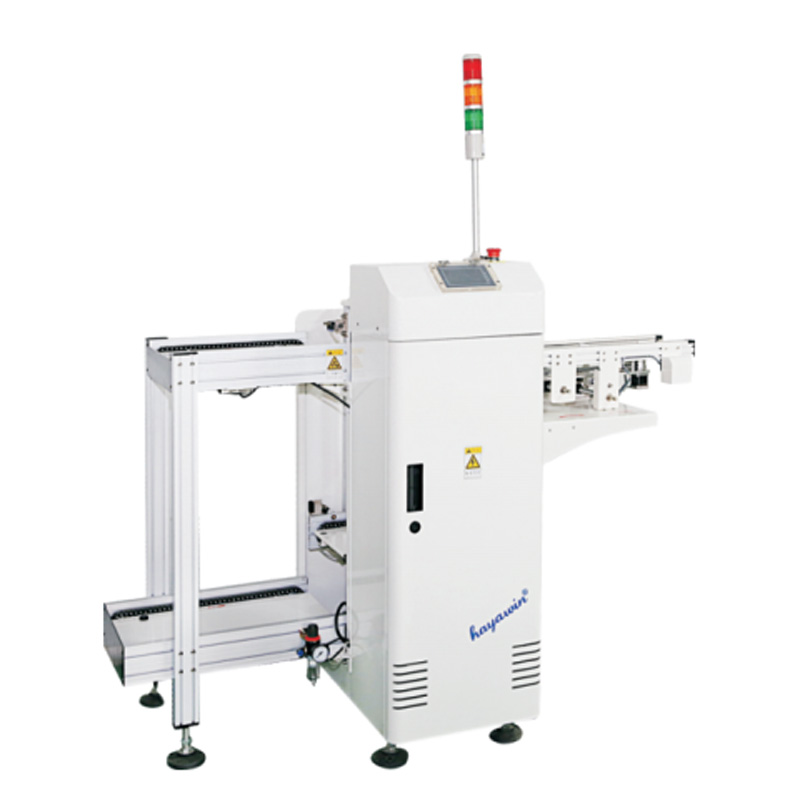Robotics
Automatic Feed: Many feeding and ejection methods do not require operators to place their hands in the danger area. In some cases, no operator involvement is necessary after the machine is set up. In other situations, operators can manually feed the stock with the assistance of a feeding mechanism. Properly designed ejection methods do not require operator involvement after the machine starts to function.
Using feeding and ejection methods does not eliminate the need for safeguarding. Guards and other devices must be used wherever they are necessary to provide protection from hazards.
Automatic feeds reduce the operator exposure during the work process, and sometimes do not require any effort by the operator after the machine is set up and running. The power press shown in the photo above has an automatic feeding mechanism. Notice the transparent fixed enclosure guard at the danger area.
Robots:
- Machines that load and unload stock, assemble parts, transfer objects, or perform other tasks
- Best used in high-production processes requiring repeated routines where they prevent other hazards to employees
Robots may create hazards themselves. If they do, appropriate guards must be used. The most common technique is to use perimeter guarding with interlocked gates.
The American National Standards Institute (ANSI) safety standard for industrial robots, ANSI/RIA R15.06-1999, presents certain basic requirements for protecting the worker. However, when a robot is used in a workplace, the employer should accomplish a comprehensive operational safety and health hazard analysis and then implement an effective safeguarding system which is fully responsive to the situation. [Various effective safeguarding techniques are described in ANSI B11.19-1990 (R1997).]
Studies in Sweden and Japan indicate that many robot accidents did not occur under normal operating conditions, but rather during programming, program touch-up, maintenance, repair, testing, setup, or adjustment. During these operations, workers may temporarily be within the robot’s working envelope where unintended operation could result in injuries.

